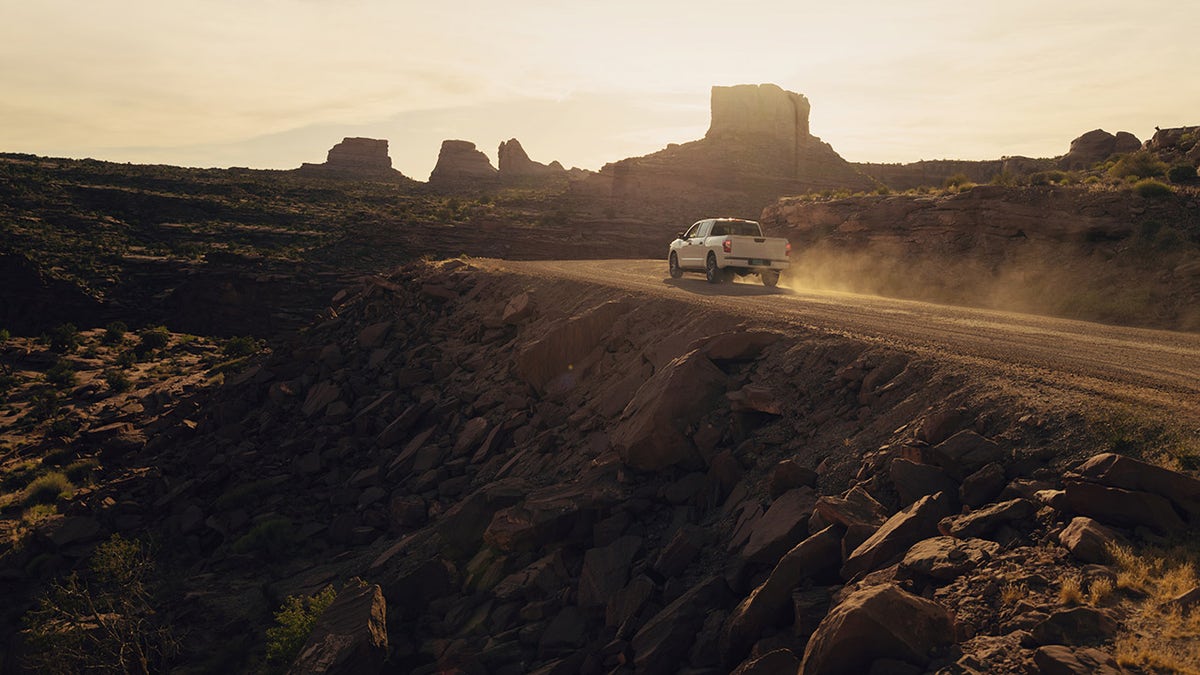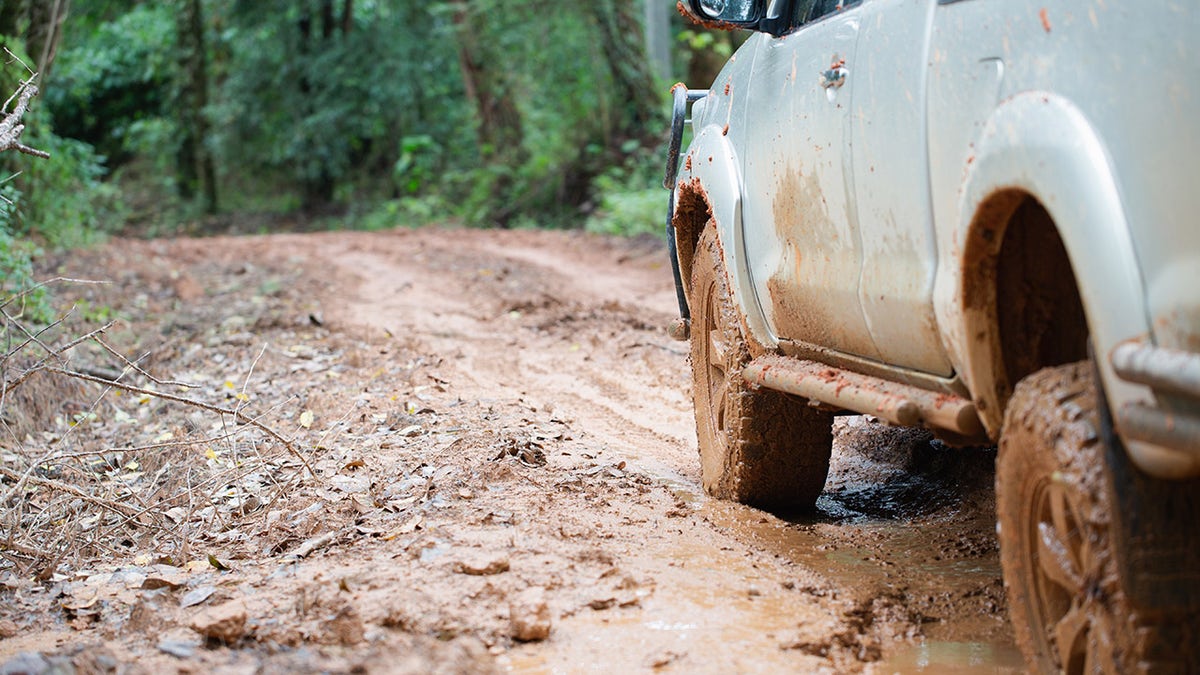Off-road driving is more popular than ever, with an increasing number of Americans heading off the beaten path.
The trend was kicked into high gear by the coronavirus pandemic, as more people began seeking outdoor activities, but automakers have been driving it by introducing a growing number of rugged vehicles in recent years.
Stalwarts from Jeep and Subaru have been joined by light off-road versions of many mainstream models including the Toyota Rav4 and even the Toyota Sienna minivan, while the Ford F-150 Tremor and Chevrolet Silverado Trail Boss are proof that pickup trucks just keep getting tougher.
However, driving on dirt is not as easy as just pulling off the pavement and can actually be more dangerous if you don’t know what you’re doing, even if you’re not going to extremes.
AMERICANS WANT MORE OFF-ROAD STYLE VEHICLES AND AUTOMAKERS ARE HERE FOR IT

Off-roading can be dangerous if you're not prepared. (THEPALMER/iStock)
This point was underscored by the recent deaths of two tourists and their professional driver in Colorado, where their Jeep Gladiator pickup drove off a not particularly challenging gravel road and down a nearly 250-foot drop during an excursion.
J.B. McClure, one of the co-owners of Overland Experts, which provides off-road driving instruction for recreation, industry and the military, shared some basic tips with Fox News Digital for anyone thinking about getting started with the hobby.
First and foremost, McClure said that you need to be familiar with your vehicle and its limits.
"A driver should know how tall their vehicle is, what the track or width is, its wheelbase and its weight," McClure said.

Off-road vehicles have various systems that driver's need to be familiar with. (Tinnakorn Jorruang/iStock)
Understanding the controls for its 4x4 systems, traction control and adjustable suspensions is also a key starting point.
"Make sure you know what every button and dial does before you get out in the middle of nowhere," he said.
UKRAINIAN ARK AMPHIBIOUS VEHICLE SURFACES IN THE USA
McClure advises using a proper driving position with the seat for maximum visibility, the mirrors adjusted so that you can see the rear wheels and always buckling up. Once you’re on the trail, keep both hands on the steering wheel, but don’t wrap your thumbs around it as rocks and other obstacles can yank on the wheel and cause an injury.

Tow straps can be used to get a vehicle unstuck by pulling it with another one or a winch. (MousePotato)
"Driving with one hand on the wheel, an arm out the window and your seat back reclined is no way to drive on a trail," he warned.

Traction pads can be placed under tires to give them better grip on slippery surfaces. (z1b/iStock)
You should also pack a recovery kit, which could include a base for using a jack on dirt, traction boards to help get out of sand or mud, a shovel, tow straps and other equipment appropriate to the type of terrain you’re looking to tackle. Proper clothing, communications, more food and drink than you expect you’ll need, and a first aid kit are also must-haves.
"Before one ever leaves the driveway you should know where you’re going, how to get there and some idea as to the current conditions regarding the trail and the weather," McClure said.
The professional recovery of a stuck or damaged truck from a remote area can cost thousands of dollars, even if no one is injured.
McClure recommends always traveling with another vehicle, especially if you’re inexperienced, and with a partner that can get out to help guide you through tight and tricky sections, noting that the driver should always be the last one to exit.
"Never leave passengers alone in a vehicle without someone in the driver’s seat."
"Never leave passengers alone in a vehicle without someone in the driver’s seat. If the vehicle were to start rolling your passengers will not be able to unbuckle and get in the driver’s seat," he said.
CLICK HERE TO GET THE FOX NEWS APP
"Driving off-road is a skill, and not one to take lightly. Don’t be afraid to ask for help, take a class at a school like ours, or read-up on the subject. By default, our sport finds the driver and their vehicle in some potentially dangerous environments and predicaments where help can be far away, if it’s even available at all. Know your abilities and the abilities of your vehicle before you hit the trails!"
